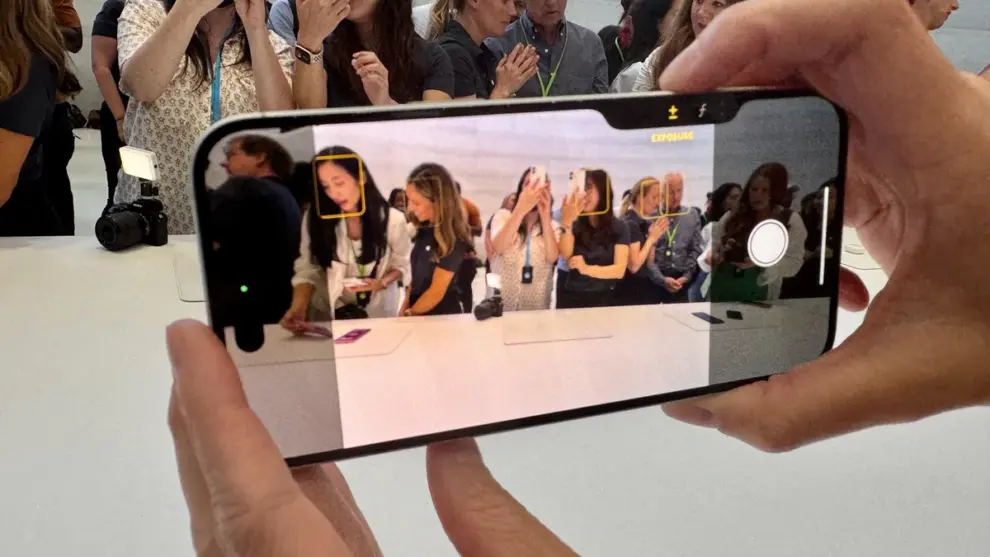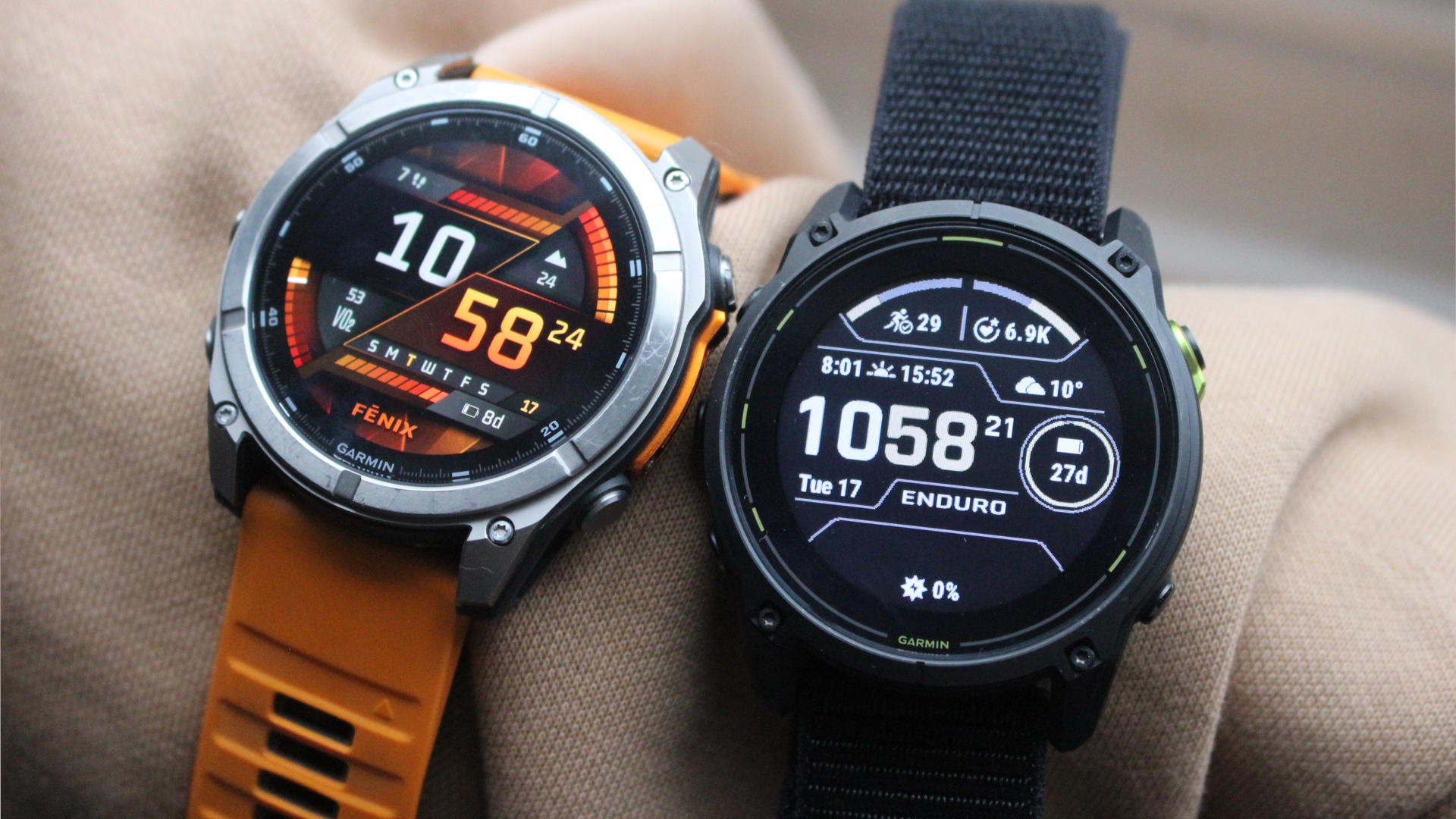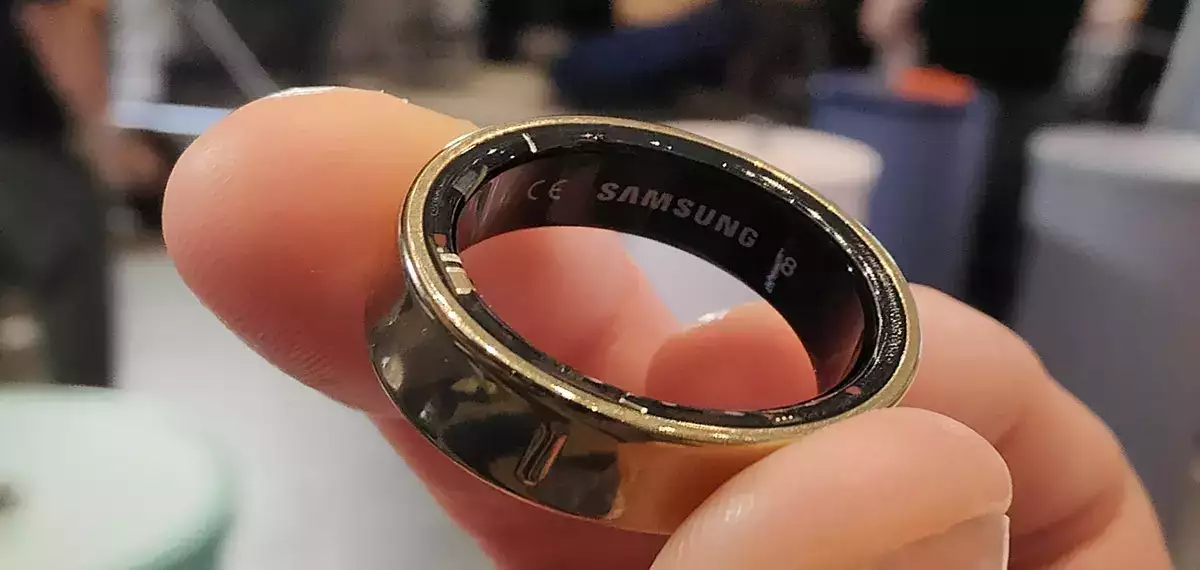For years, the satisfying click of a physical button has been a familiar part of the iPhone experience. From powering down your device to adjusting the volume or quickly snapping a photo, these tiny mechanisms have been reliable companions. But could their days be numbered? Whispers from inside Apple suggest the tech giant is still diligently working on a future where physical buttons on iPhones are replaced by solid-state, tactile alternatives. This isn’t a new rumor, but fresh insights indicate this ambitious project is far from being shelved, potentially reshaping how we interact with our beloved devices.
The idea of a button-less iPhone might sound radical to some, but Apple has a history of bold design choices that have ultimately become industry standards. Remember when they dared to ditch the headphone jack? Or when the home button transitioned from a physical click to a solid-state sensor with haptic feedback? These moves, initially met with skepticism, paved the way for sleeker designs and new functionalities. Now, it seems the traditional volume and power buttons are in line for a similar transformation.
So, what exactly are solid-state tactile buttons? Unlike the physical buttons we’re accustomed to, these buttons wouldn’t actually move. Instead, they would likely utilize a combination of sensors and haptic feedback to simulate the feeling of a click. When you press where the button would normally be, you’d receive a subtle vibration or tactile sensation, giving you the confirmation that your action has been registered. Think of the home button on the iPhone 7 and 8 series – it looked and felt like a button, but it was a solid surface that used haptic feedback to create the illusion of movement.
Why would Apple pursue such a change? Several potential benefits could be driving this development. One major advantage is increased durability. With no moving parts, there’s less risk of mechanical failure over time. Anyone who has experienced a sticky or unresponsive button on their phone can appreciate this. Solid-state buttons could potentially lead to iPhones that are more resistant to dust and water ingress as well, contributing to a more robust and long-lasting device.
Another compelling reason could be design flexibility. Eliminating physical buttons allows for cleaner, more seamless designs. Imagine the smooth, uninterrupted lines of an iPhone without any protrusions on its sides. This could also free up internal space, potentially allowing for a larger battery, more advanced camera components, or other innovative features.
Furthermore, solid-state buttons could offer more customization and functionality. For instance, the pressure sensitivity of these buttons could be utilized for different actions. A light press could perform one function, while a harder press could trigger another. This could lead to more intuitive and efficient ways of interacting with the iPhone.
While the concept sounds promising, developing reliable and satisfying solid-state tactile buttons is a significant engineering challenge. The haptic feedback needs to be precise and responsive enough to truly mimic the feel of a physical button. Users need to feel confident that their presses are being registered accurately, without any ambiguity. Apple has been granted several patents related to this technology over the years, indicating their ongoing research and development efforts in this area. These patents detail various approaches to creating realistic tactile feedback, including the use of actuators and sensors embedded within the device’s frame.
Industry insiders suggest that Apple has been exploring this technology for quite some time. There were even rumors circulating a few years ago that the iPhone 15 Pro models might feature solid-state buttons. While that didn’t materialize, the fact that these rumors persist, coupled with Apple’s patent activity, strongly suggests that this is a project the company is still actively pursuing.
The transition to solid-state buttons could evoke a range of emotions in iPhone users. Some might embrace the change, appreciating the potential for increased durability and a sleeker design. Others might feel a sense of nostalgia for the familiar click of physical buttons, concerned that the tactile feedback might not be as satisfying or reliable. It’s a change that could fundamentally alter the physical interaction we have with our smartphones.
Apple understands the importance of the tactile experience. They meticulously engineer the feel of their physical buttons, ensuring a satisfying click and a sense of quality. Therefore, it’s highly likely that if they do eventually introduce solid-state buttons, they will have invested significant effort in perfecting the haptic feedback to ensure it feels natural and intuitive.
The exact timeline for when we might see iPhones with solid-state buttons remains unclear. Given the complexity of the technology and the potential impact on user experience, Apple will likely take its time to ensure it’s done right. However, the continued whispers from within the industry suggest that this isn’t just a fleeting idea; it’s a long-term goal for the company.
The potential arrival of solid-state buttons on iPhones represents another step in the ongoing evolution of smartphone design. Just as we’ve adapted to touchscreens and the removal of physical keyboards, we may soon be adjusting to a world where even the most fundamental physical controls are replaced by sophisticated haptic technology. While the satisfying click of a button might be missed by some, the potential benefits in terms of durability, design, and functionality could ultimately lead to a more refined and advanced iPhone experience. Only time will tell when this button-less future will become a reality, but all signs point towards Apple continuing to push the boundaries of how we interact with our mobile devices.










Add Comment